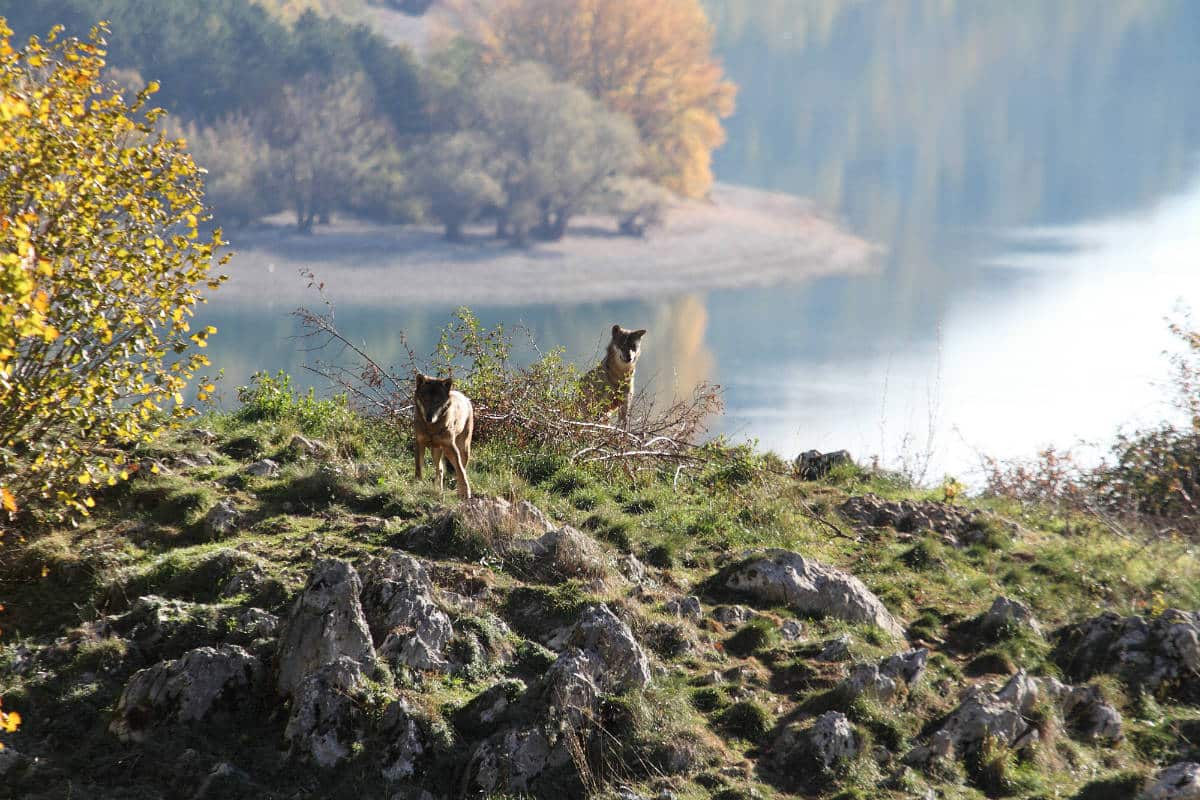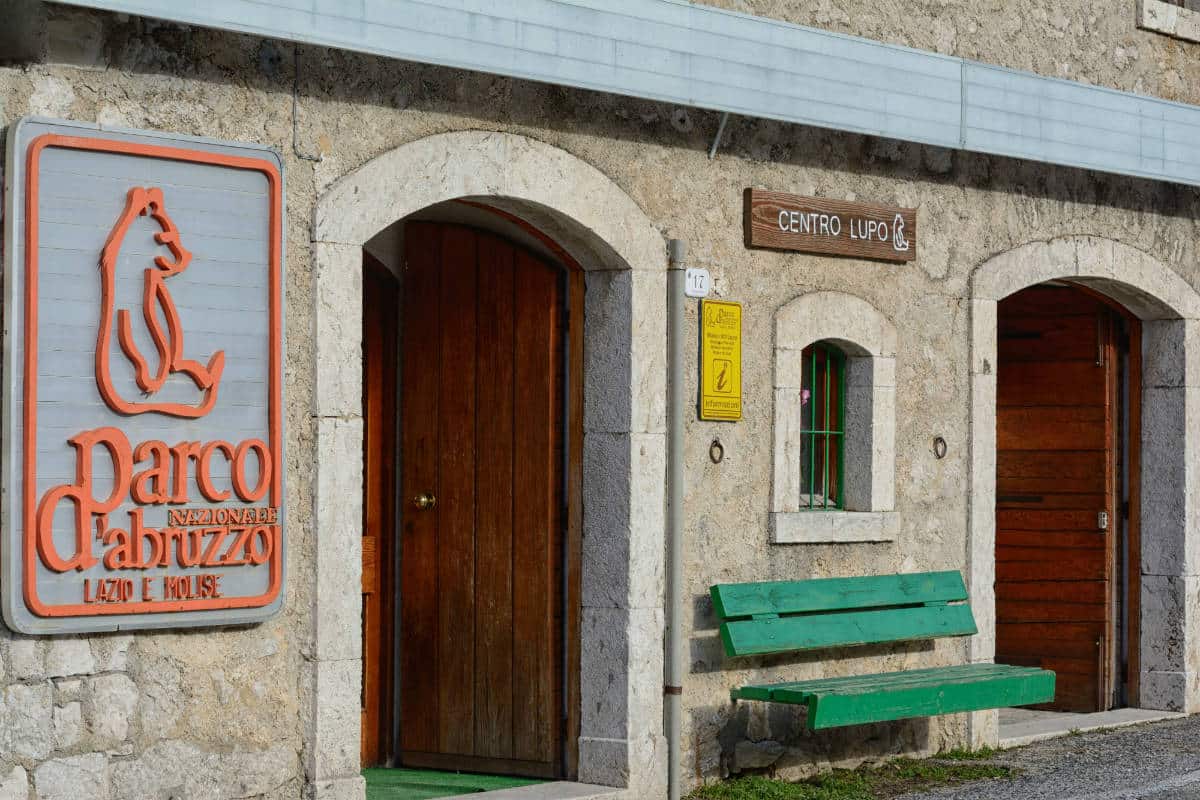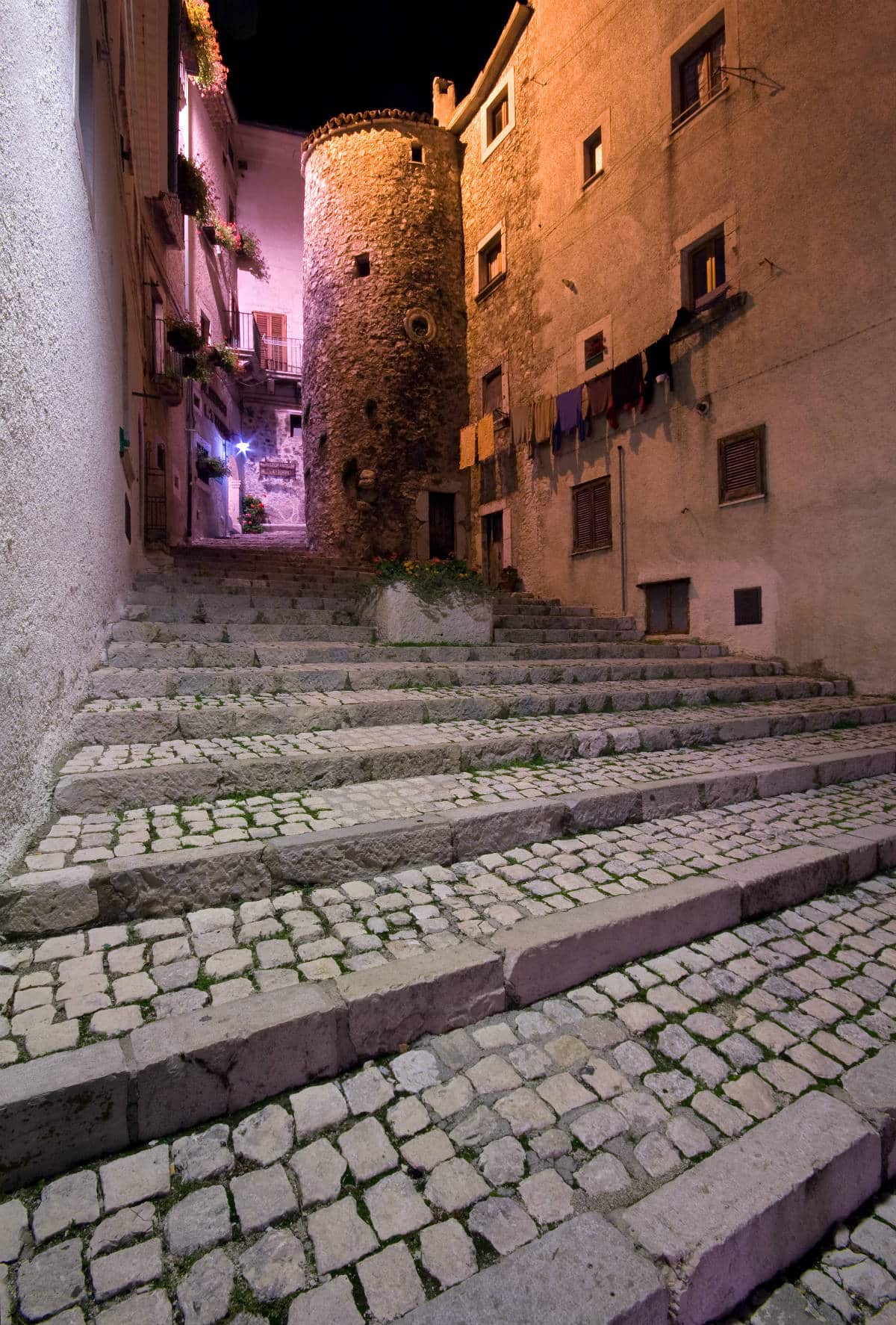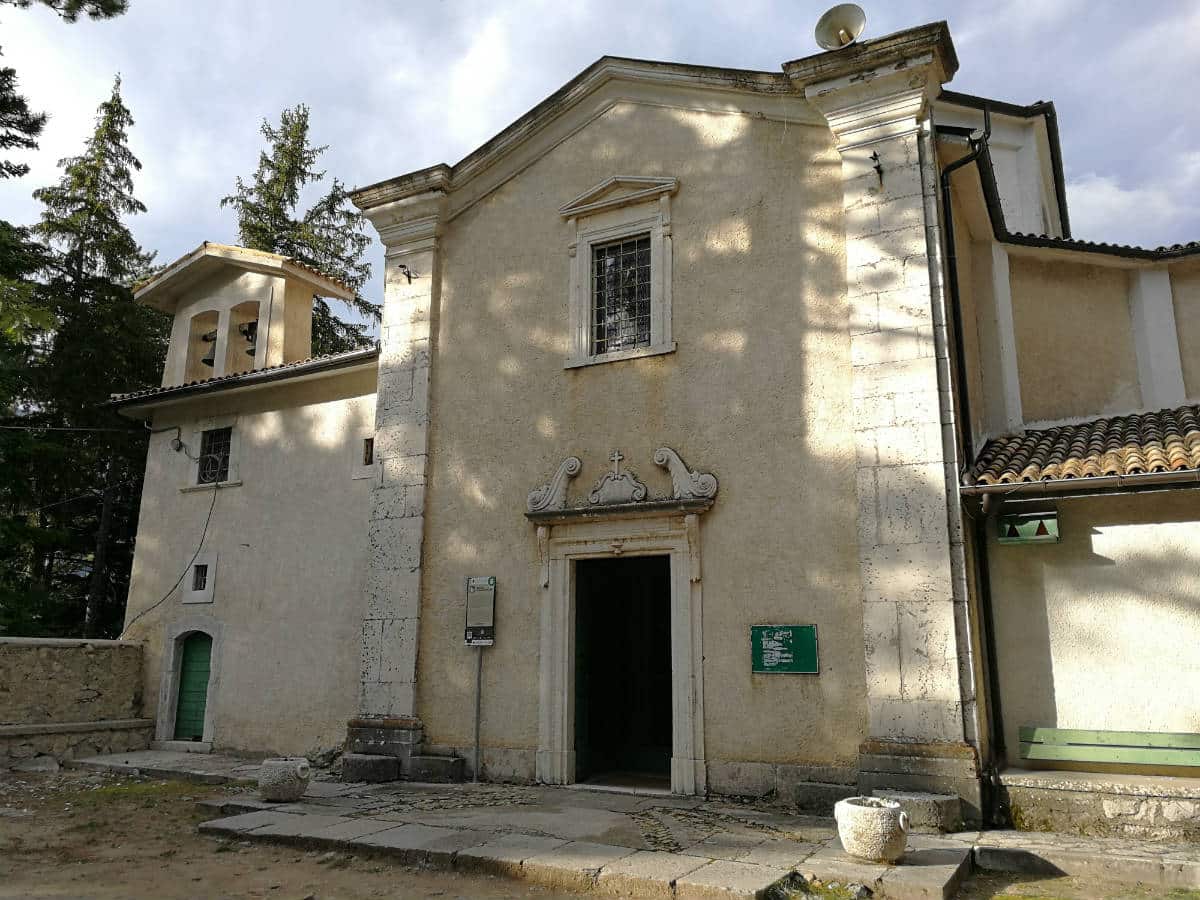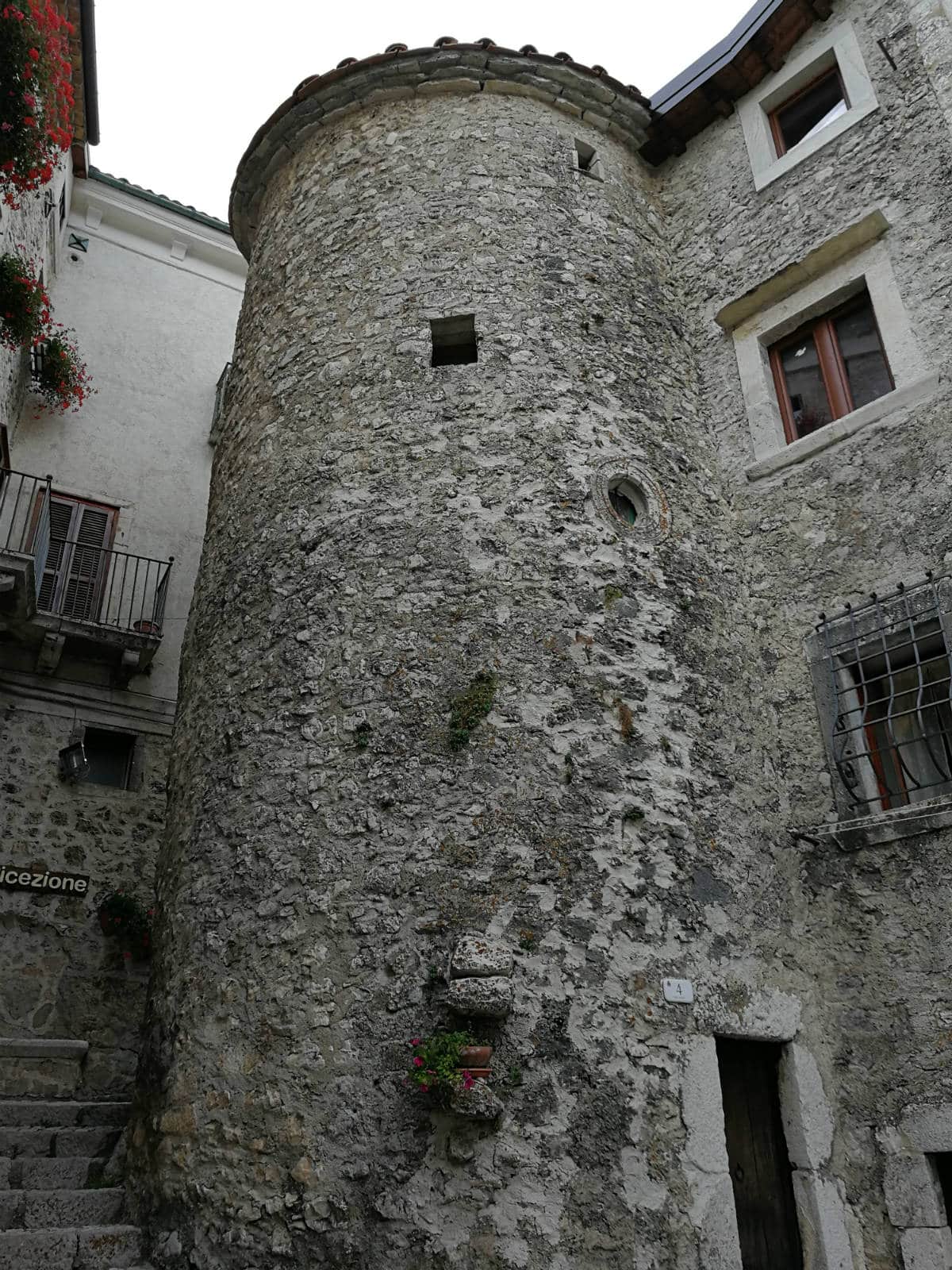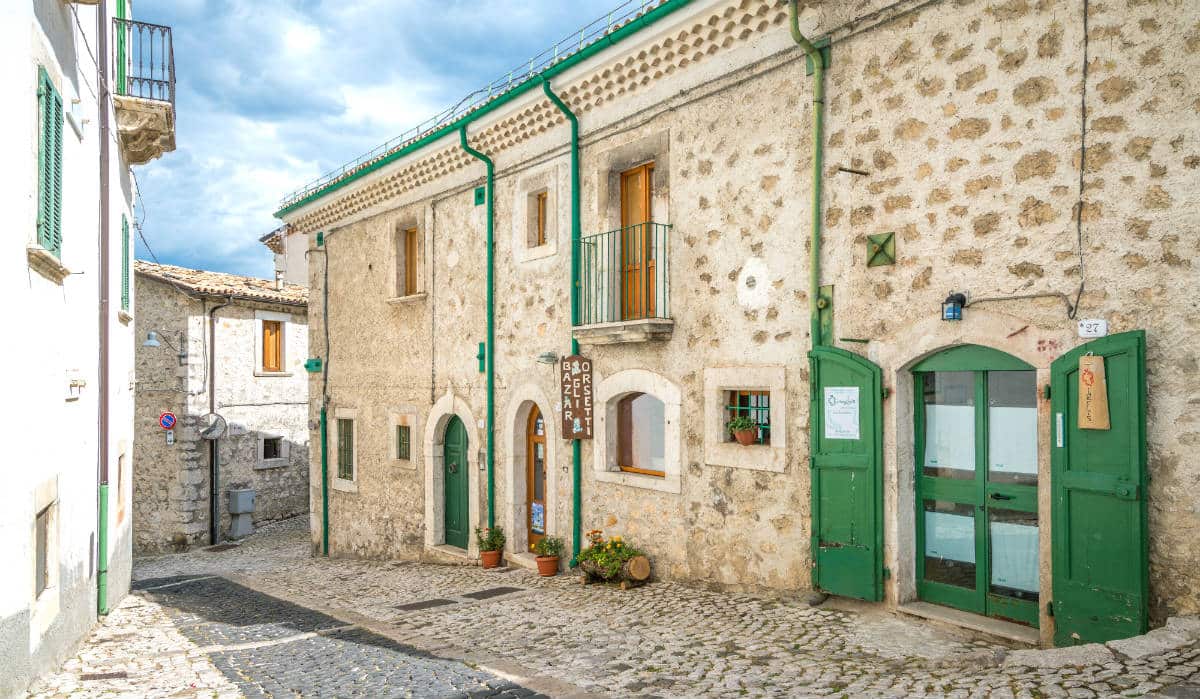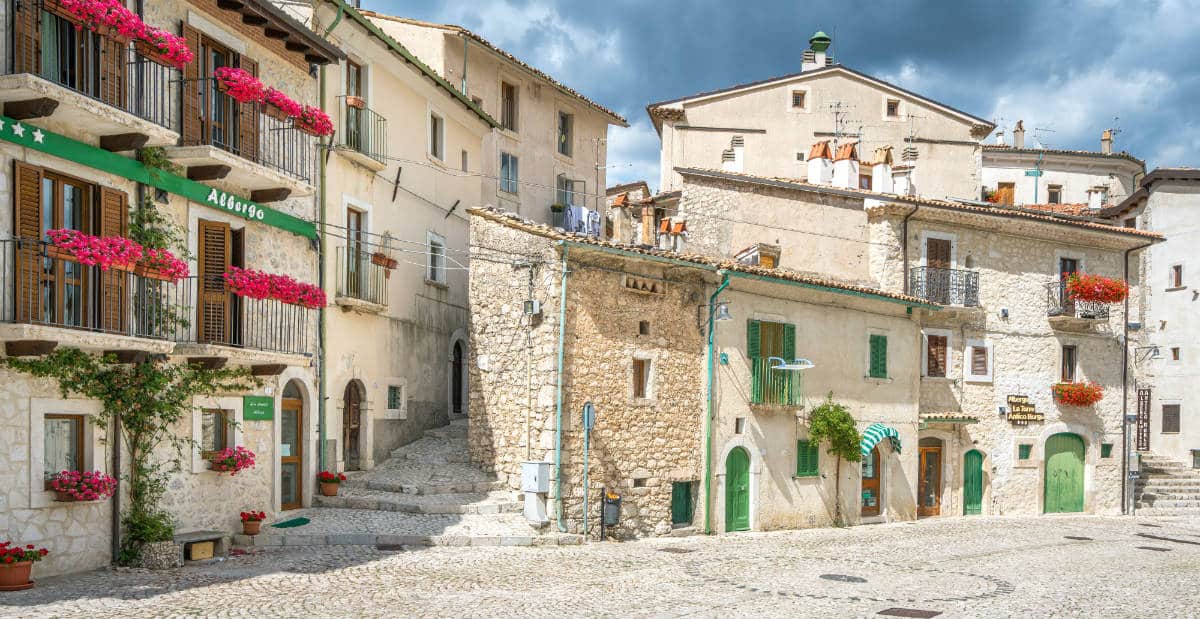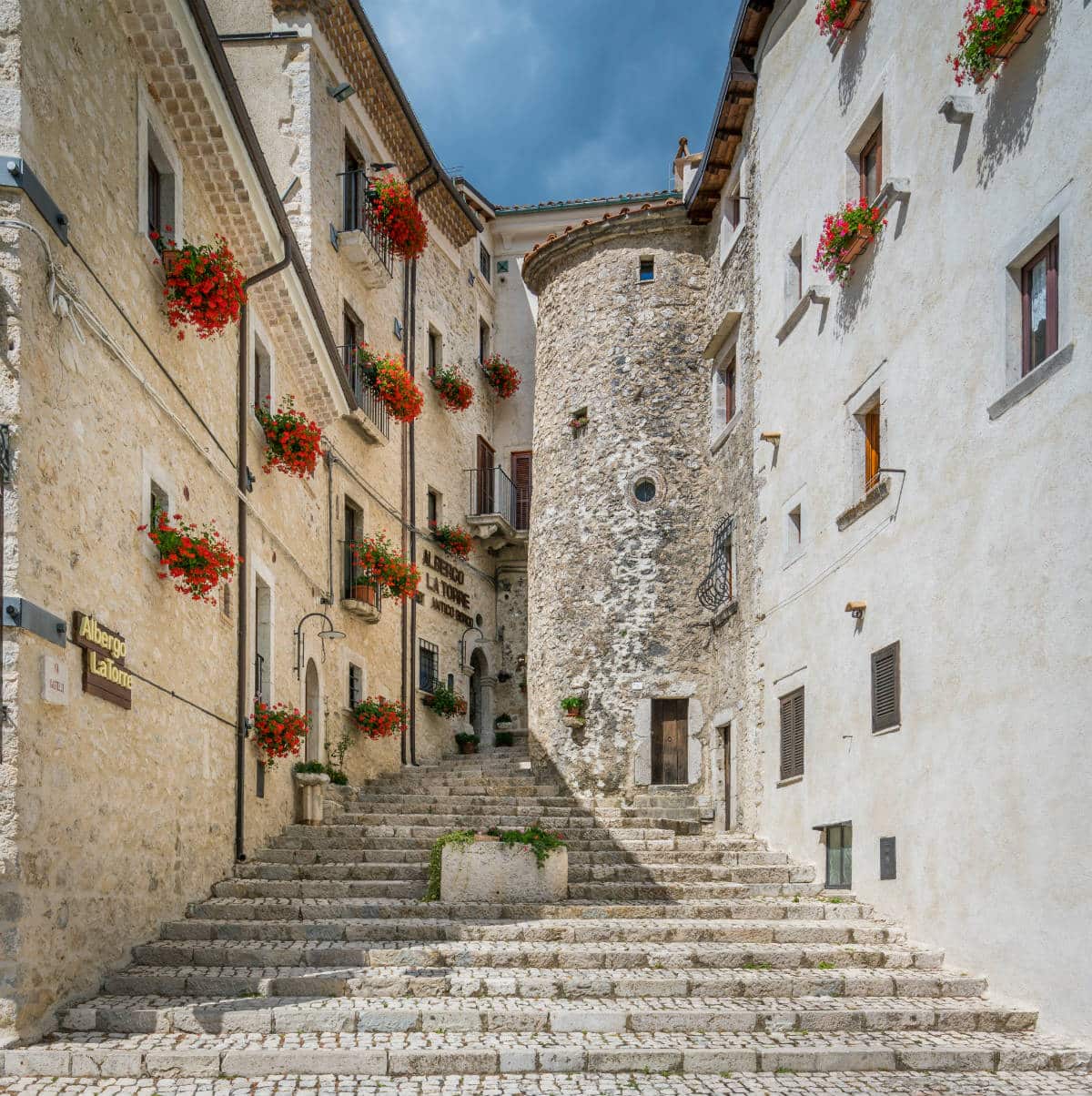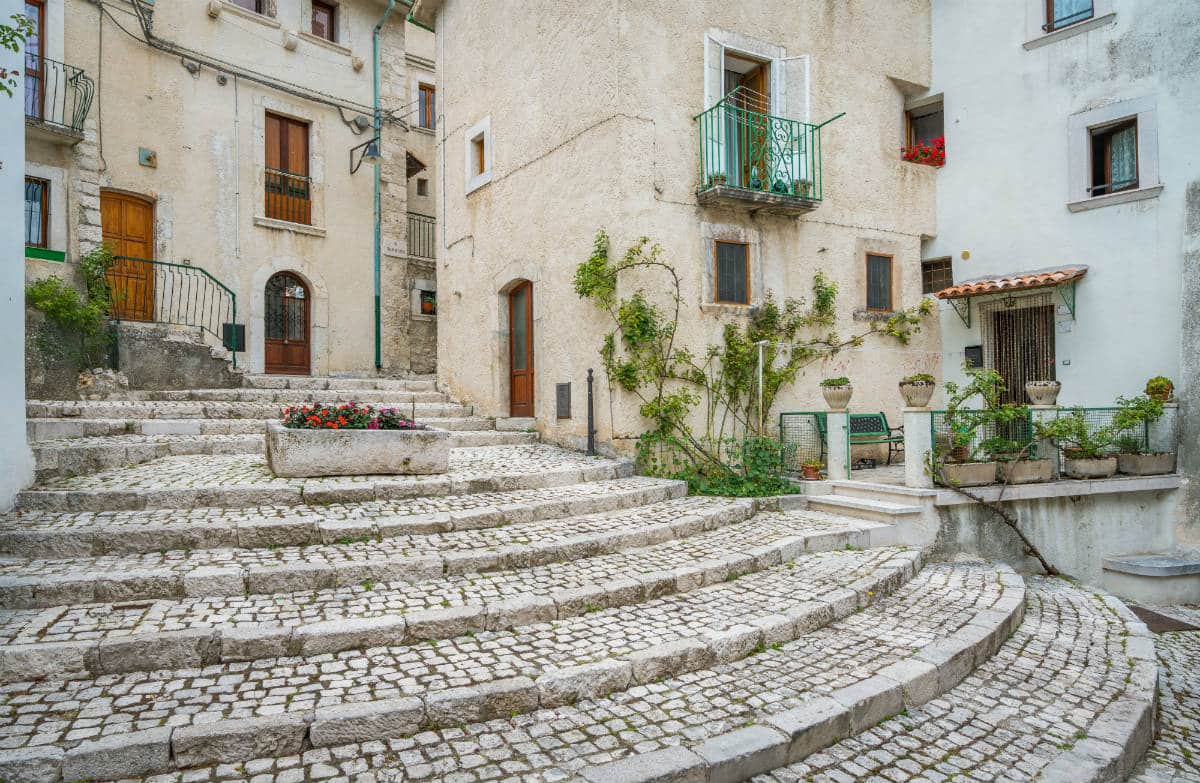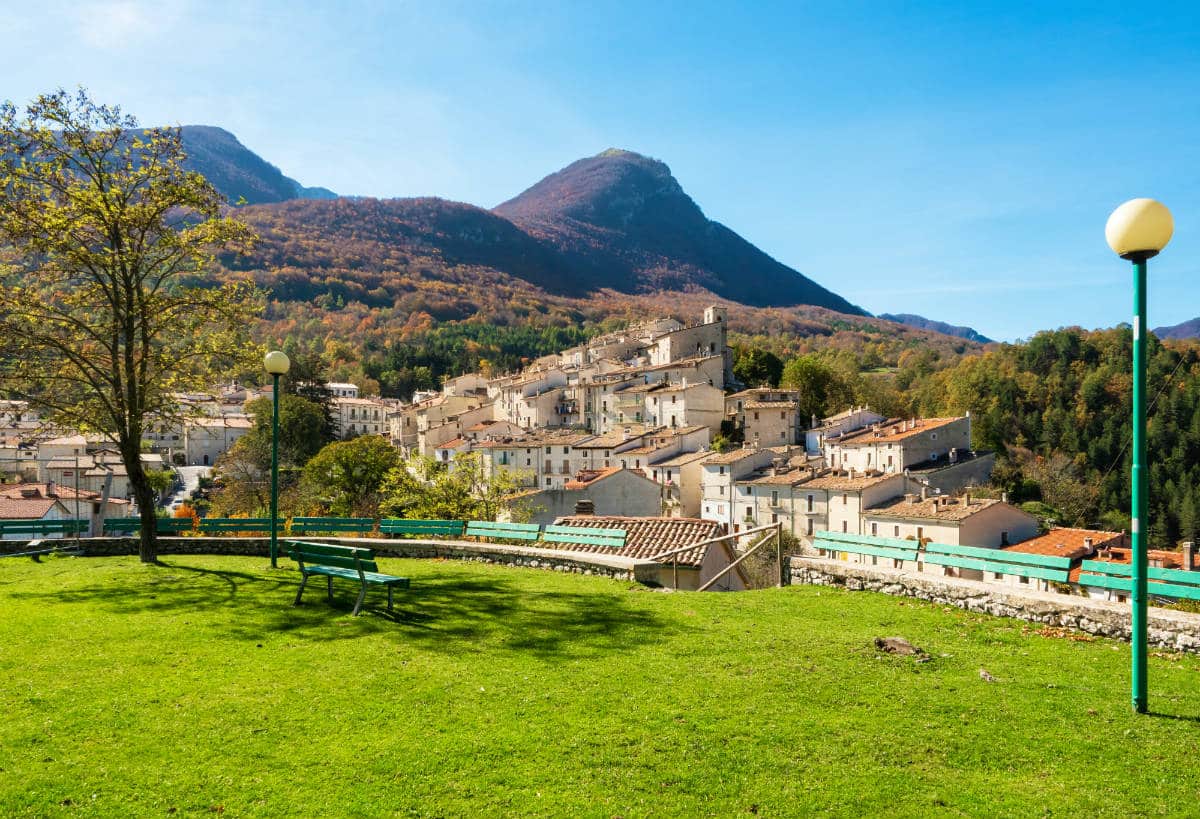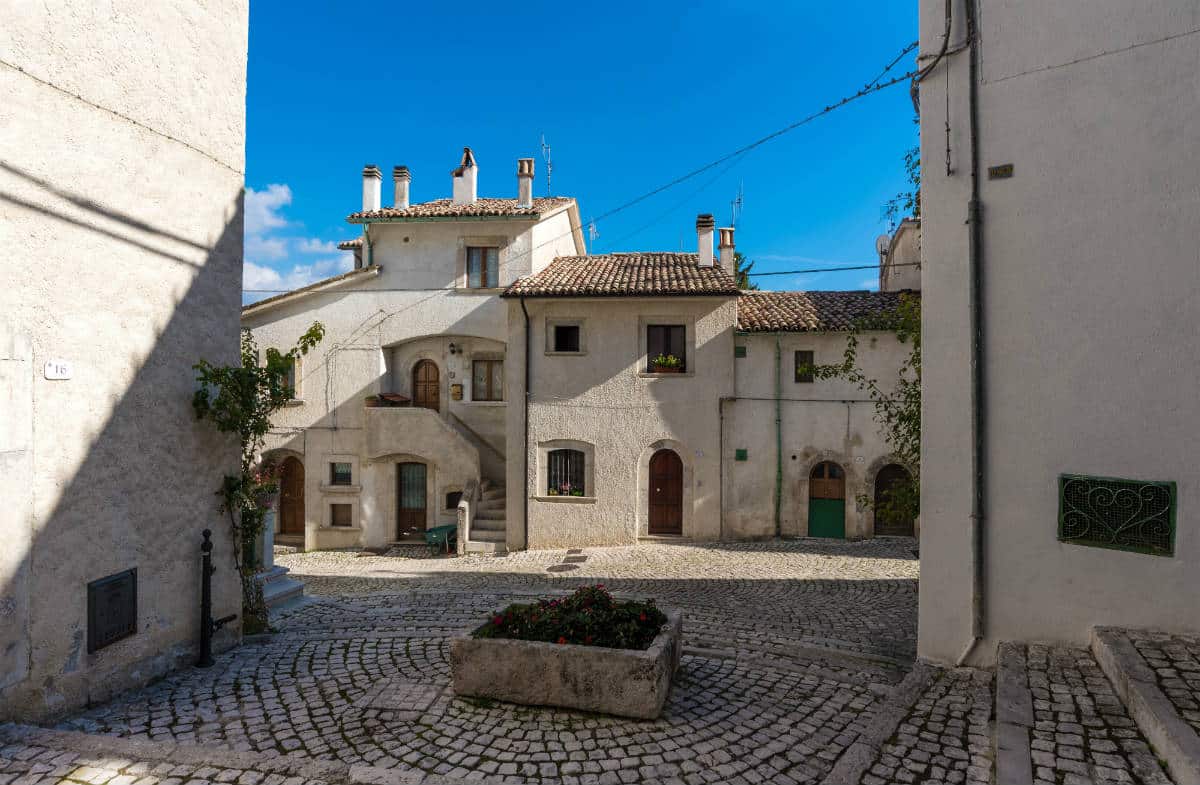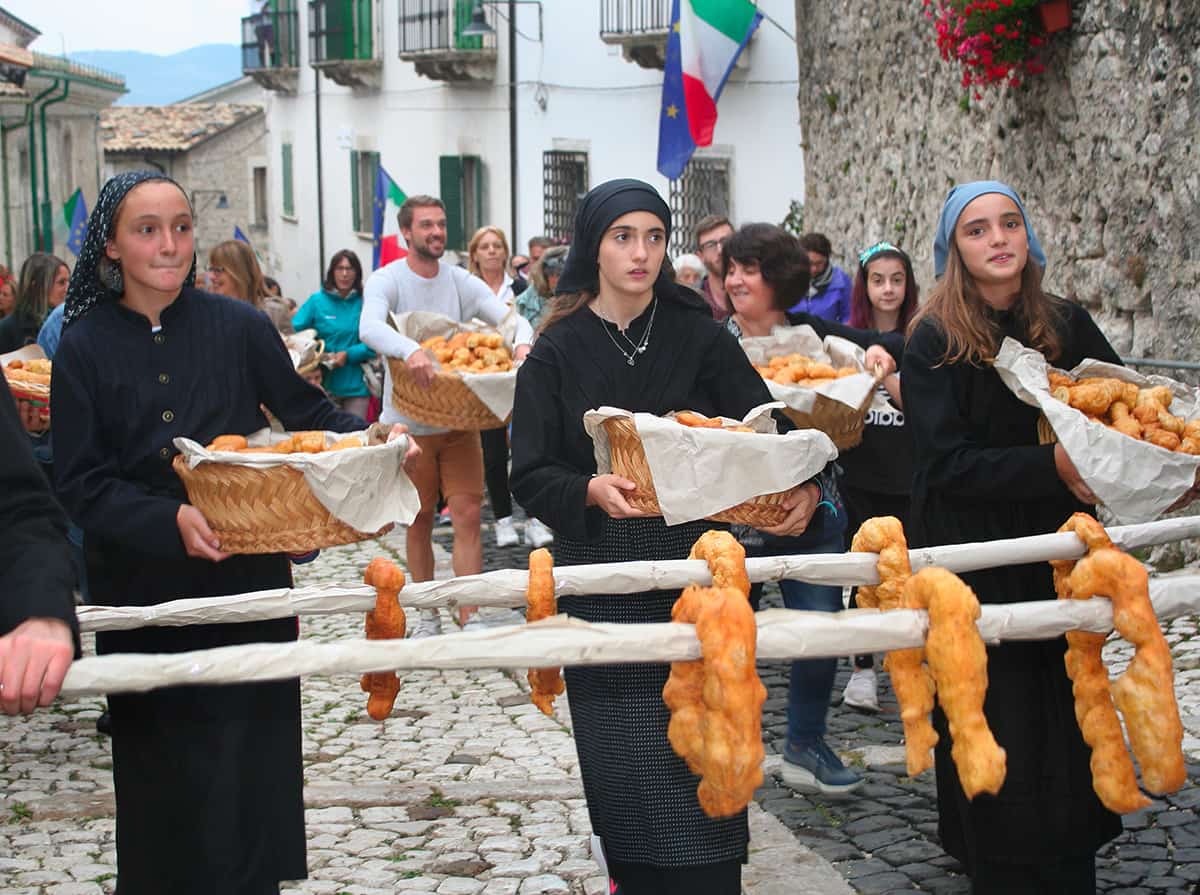Civitella, at over one thousand meters of altitude, situated along the path that connected Pescasseroli to Candela, preserves the typical structure of the medieval Apennine settlements. From the houses leaning against each other, the ancient center of the village proposes narrow and winding alleys and historic buildings dating back to the '600 and the' 700.
The oldest building in Civitella is the medieval cylindrical tower, dating back to the 1400s, and just around the tower, at Christmas time, there is an exhibition of a paper Nativity, which is certainly worth a visit. Among the main architectural features of the ancient village, in the historic center there are: the Church of San Nicola di Bari, a national monument dating back to the 17th century, the Sanctuary of Santa Lucia, the Fonte, an ancient public wash, and the Saettèra, a sighting tower of sixteenth-century construction, located in a strategic position overlooking the valley used to defend the village against brigands.
The typical local products of this village are combined with old local recipes that are faithful to tradition: from homemade egg pasta, including guitars with pecoraia, to meat dishes such as mixed roast cooked over embers of wood to the most rare orapi soup, wild spinach, and beans, and gnocchetti made with water, flour. Pecorino and sheep's milk ricotta, cow's caciocavallo cheese and Marzollina, a rare goat's cheese, are some of the local excellences, apart from millefiori honey.
Among the desserts, those with almonds and Ratafià, the liquor made with cherries, black cherries or quince. To celebrate the local gastronomic tradition, every year, in August, the "scrupella" festival is held in Civitella. That is a fried cake made from leavened dough with eggs, flour, anise seeds, salt and pepper, prepared by the women of the village and symbolizing abundance.


